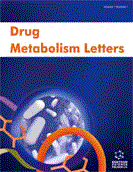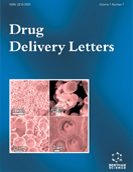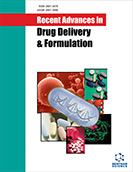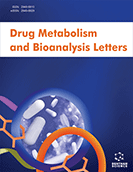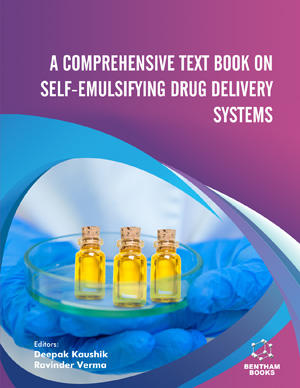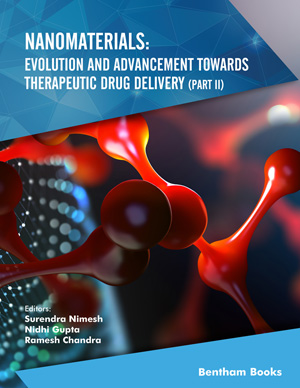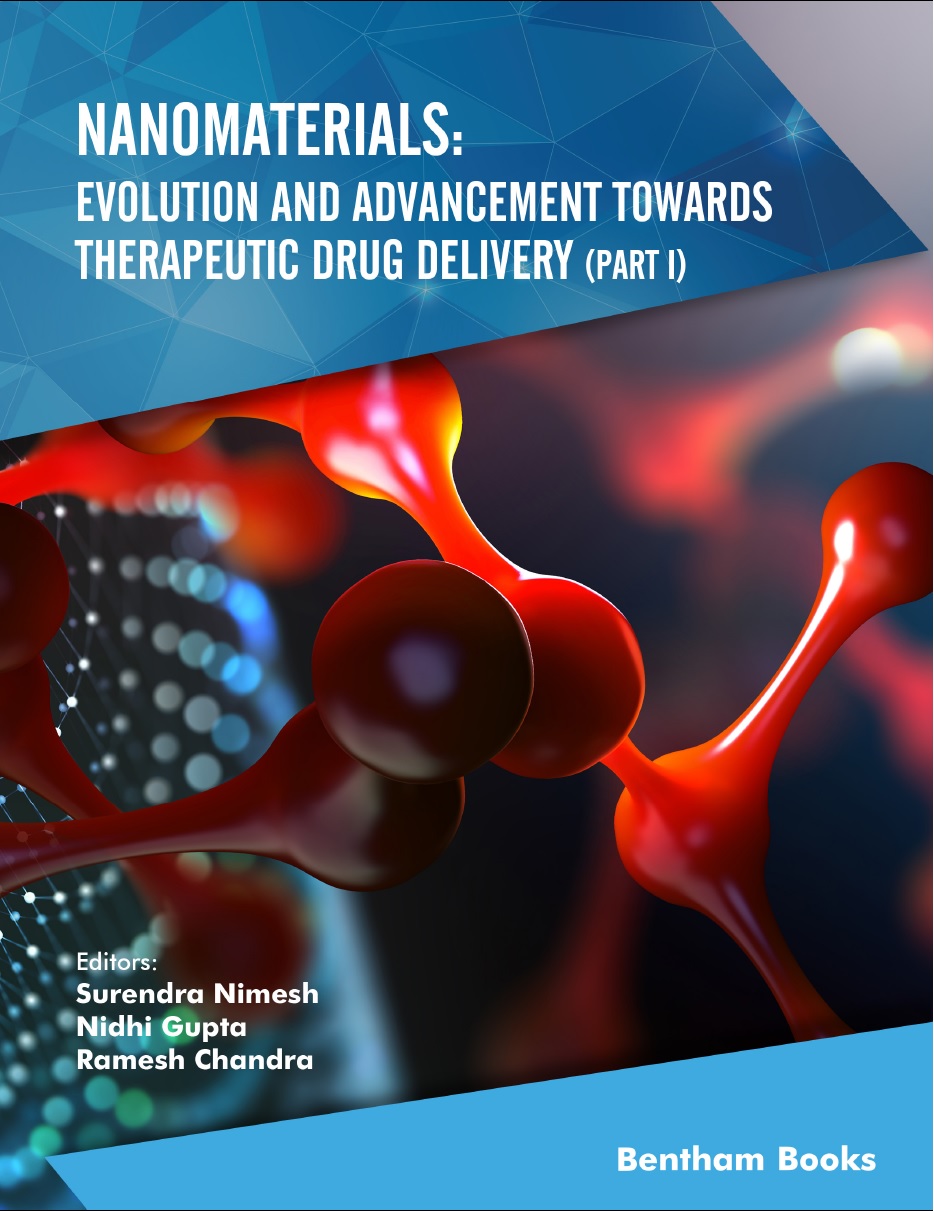Abstract
m-Hydroxymexiletine (MHM) is a metabolite of mexiletine, a well known class IB anti-arrhythmic drug, which presents almost twice the activity of the parent compound on cardiac voltage-gated sodium channels. Given the different activity of mexiletine enantiomers on sodium currents (being the R-isomer the eutomer), it is conceivable that (R)- and (S)-MHM could differ in pharmacodynamic and pharmacokinetic properties, too. Herein we report the efficient synthesis of MHM enantiomers that could represent useful tools for further investigations on stereospecific requirements of the voltage-gated sodium channel binding site. MHM enantiomers and all the homochiral intermediates were fully characterized. The ee values for (R)- and (S)-MHM were >99%, as assessed by capillary electrophoresis using β-cyclodextrin sulfated sodium salt as a chiral selector.
Keywords: Sodium channel blockers, asymmetric synthesis, m-Hydroxymexiletine, anti-arrhythmics, chirality.
Drug Metabolism Letters
Title:Stereospecific Synthesis of m-Hydroxymexiletine Enantiomers
Volume: 6 Issue: 3
Author(s): Alessia Catalano, Alessia Carocci, Giovanni Lentini, Ivana Defrenza, Claudio Bruno and Carlo Franchini
Affiliation:
Keywords: Sodium channel blockers, asymmetric synthesis, m-Hydroxymexiletine, anti-arrhythmics, chirality.
Abstract: m-Hydroxymexiletine (MHM) is a metabolite of mexiletine, a well known class IB anti-arrhythmic drug, which presents almost twice the activity of the parent compound on cardiac voltage-gated sodium channels. Given the different activity of mexiletine enantiomers on sodium currents (being the R-isomer the eutomer), it is conceivable that (R)- and (S)-MHM could differ in pharmacodynamic and pharmacokinetic properties, too. Herein we report the efficient synthesis of MHM enantiomers that could represent useful tools for further investigations on stereospecific requirements of the voltage-gated sodium channel binding site. MHM enantiomers and all the homochiral intermediates were fully characterized. The ee values for (R)- and (S)-MHM were >99%, as assessed by capillary electrophoresis using β-cyclodextrin sulfated sodium salt as a chiral selector.
Export Options
About this article
Cite this article as:
Catalano Alessia, Carocci Alessia, Lentini Giovanni, Defrenza Ivana, Bruno Claudio and Franchini Carlo, Stereospecific Synthesis of m-Hydroxymexiletine Enantiomers, Drug Metabolism Letters 2012; 6 (3) . https://dx.doi.org/10.2174/1872312811206030005
| DOI https://dx.doi.org/10.2174/1872312811206030005 |
Print ISSN 1872-3128 |
| Publisher Name Bentham Science Publisher |
Online ISSN 1874-0758 |
 4
4Related Articles
-
Molecular Pathways of Endothelial Cell Activation for (Targeted) Pharmacological Intervention of Chronic Inflammatory Diseases
Current Vascular Pharmacology An Update on Clinical Drug Interactions with the Herbal Antidepressant St. Johns wort
Current Drug Metabolism Histamine as a Potential Adjuvant to Immuno and Radiotherapy for Cancer Treatment: Discovering New Functions for the Oldest Biogenic Amine
Current Immunology Reviews (Discontinued) Cytochrome P450s: Mechanisms and Biological Implications in Drug Metabolism and its Interaction with Oxidative Stress
Current Drug Metabolism Diabetes and Complications: Cellular Signaling Pathways, Current Understanding and Targeted Therapies
Current Drug Targets Syndrome of Supine Hypertension with Orthostatic Hypotension: Pathophysiology and Clinical Approach
Current Cardiology Reviews Role of ARBs in the Blood Hypertension Therapy and Prevention of Cardiovascular Events
Current Drug Targets Antisense Therapy for Cardiovascular Diseases
Current Pharmaceutical Design Beyond the "Lock and Key" Paradigm: Targeting Lipid Rafts to Induce the Selective Apoptosis of Cancer Cells
Current Medicinal Chemistry Targeting the Noradrenergic System in Posttraumatic Stress Disorder: A Systematic Review and Meta-Analysis of Prazosin Trials
Current Drug Targets A Key Role for Connexin Hemichannels in Spreading Ischemic Brain Injury
Current Drug Targets Contribution of Catecholamine Reactive Intermediates and Oxidative Stress to the Pathologic Features of Heart Diseases
Current Medicinal Chemistry Garlic for Cardiovascular Disease: Prevention or Treatment?
Current Pharmaceutical Design Natural Anticoagulant Proteins in the Regulation of Autoimmunity: Potential Role of Protein S
Current Pharmaceutical Design Cardioprotective Effects and <i>in-silico</i> Antioxidant Mechanism of L-Ergothioneine in Experimental Type-2 Diabetic Rats
Cardiovascular & Hematological Agents in Medicinal Chemistry Antidotes for Acute Cyanide Poisoning
Current Pharmaceutical Biotechnology Endothelial Dysfunction Induced by Cadmium and Mercury and its Relationship to Hypertension
Current Hypertension Reviews Fluid and Electrolyte Disorders in the Newborn: Sodium and Potassium
Current Pediatric Reviews Current Trends in the Application of Nanoparticles in Drug Delivery
Current Medicinal Chemistry Lysine-derived Alkaloids: Overview and Update on Biosynthesis and Medicinal Applications with Emphasis on Quinolizidine Alkaloids
Mini-Reviews in Medicinal Chemistry


